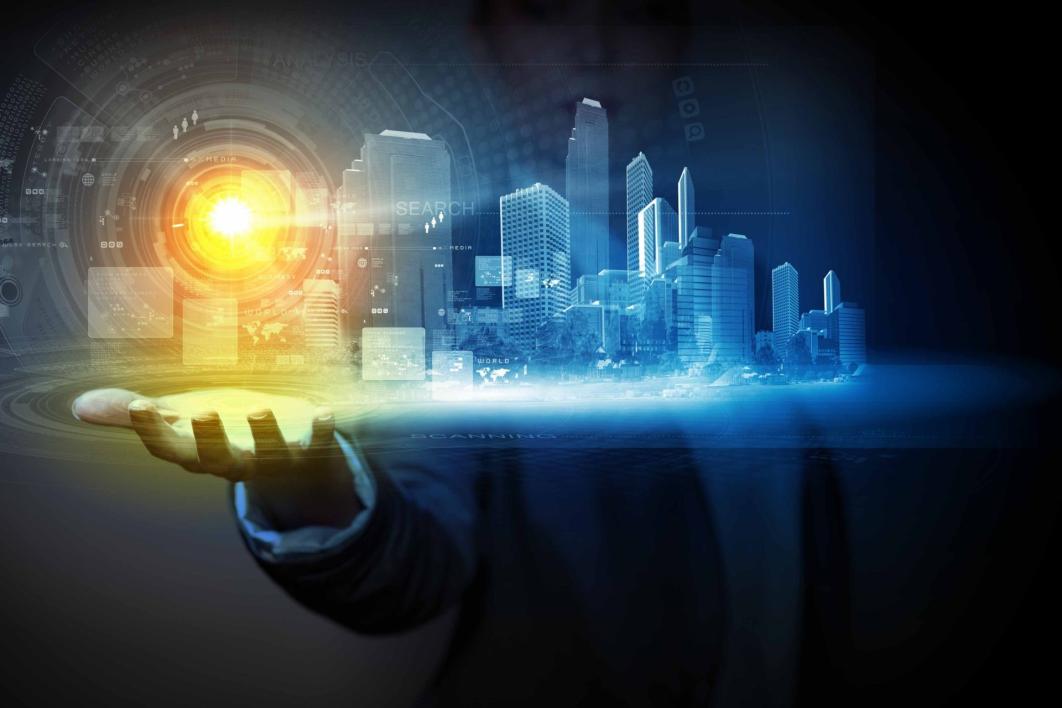How Can AI Enhance Public Safety and Security in Smart Cities?
As cities become increasingly interconnected and data-driven, the potential for using artificial intelligence (AI) to enhance public safety and security is growing. AI can help cities analyze data from multiple sources, identify patterns and trends, and make predictions that can help law enforcement and public safety officials prevent crime, respond to emergencies more quickly, and allocate resources more efficiently.

Benefits Of Using AI For Public Safety And Security
- Improved situational awareness: AI can analyze data from multiple sources, such as surveillance cameras, social media, and traffic sensors, to create a comprehensive picture of the city's current state. This information can be used to identify potential threats, monitor critical infrastructure, and respond to emergencies more quickly.
- Real-time monitoring of critical infrastructure and public spaces: AI can be used to monitor critical infrastructure, such as power plants and transportation hubs, for potential threats. It can also be used to monitor public spaces, such as parks and plazas, for suspicious activity.
- Predictive analytics: AI can identify patterns and trends in crime and public safety data to predict future events. This information can be used to take proactive measures to prevent crime and mitigate risks.
- Enhanced response times: AI can process data quickly to identify and dispatch emergency responders to incidents. This can reduce response times and save lives and property.
- Improved resource allocation: AI can analyze data to identify areas where public safety resources are needed most. This information can be used to deploy police officers, firefighters, and other first responders more efficiently and effectively.
Challenges And Considerations
- Data privacy and security: AI systems require vast amounts of data to operate effectively. This raises concerns about data privacy and security. It is important to balance the need for data collection with the protection of individual privacy.
- Bias and discrimination: AI systems can be biased against certain groups, leading to unfair or discriminatory outcomes. It is important to ensure that AI systems are fair and unbiased.
- Human-AI collaboration: AI systems are not a replacement for human law enforcement and public safety personnel. It is important to establish effective collaboration between AI and human decision-makers.
Case Studies And Examples
Several cities around the world have successfully implemented AI for public safety and security.
- Singapore: Singapore has used AI-powered surveillance cameras to deter crime and predict future incidents. The city has also used predictive analytics to identify high-risk areas and deploy resources accordingly.
- London: London has used AI to analyze CCTV footage and identify potential threats. The city has also used AI to monitor public spaces and prevent crime.
These are just a few examples of how AI can be used to enhance public safety and security in smart cities. As AI technology continues to develop, we can expect to see even more innovative and effective ways to use AI to keep our cities safe.
AI has the potential to revolutionize public safety and security in smart cities. By analyzing data, identifying patterns, and making predictions, AI can help law enforcement and public safety officials prevent crime, respond to emergencies more quickly, and allocate resources more efficiently. However, it is important to address the challenges and considerations associated with the use of AI for public safety, such as data privacy and security, bias and discrimination, and human-AI collaboration.

Cities that are able to successfully implement AI for public safety and security will be safer and more secure places to live, work, and visit.
YesNo

Leave a Reply